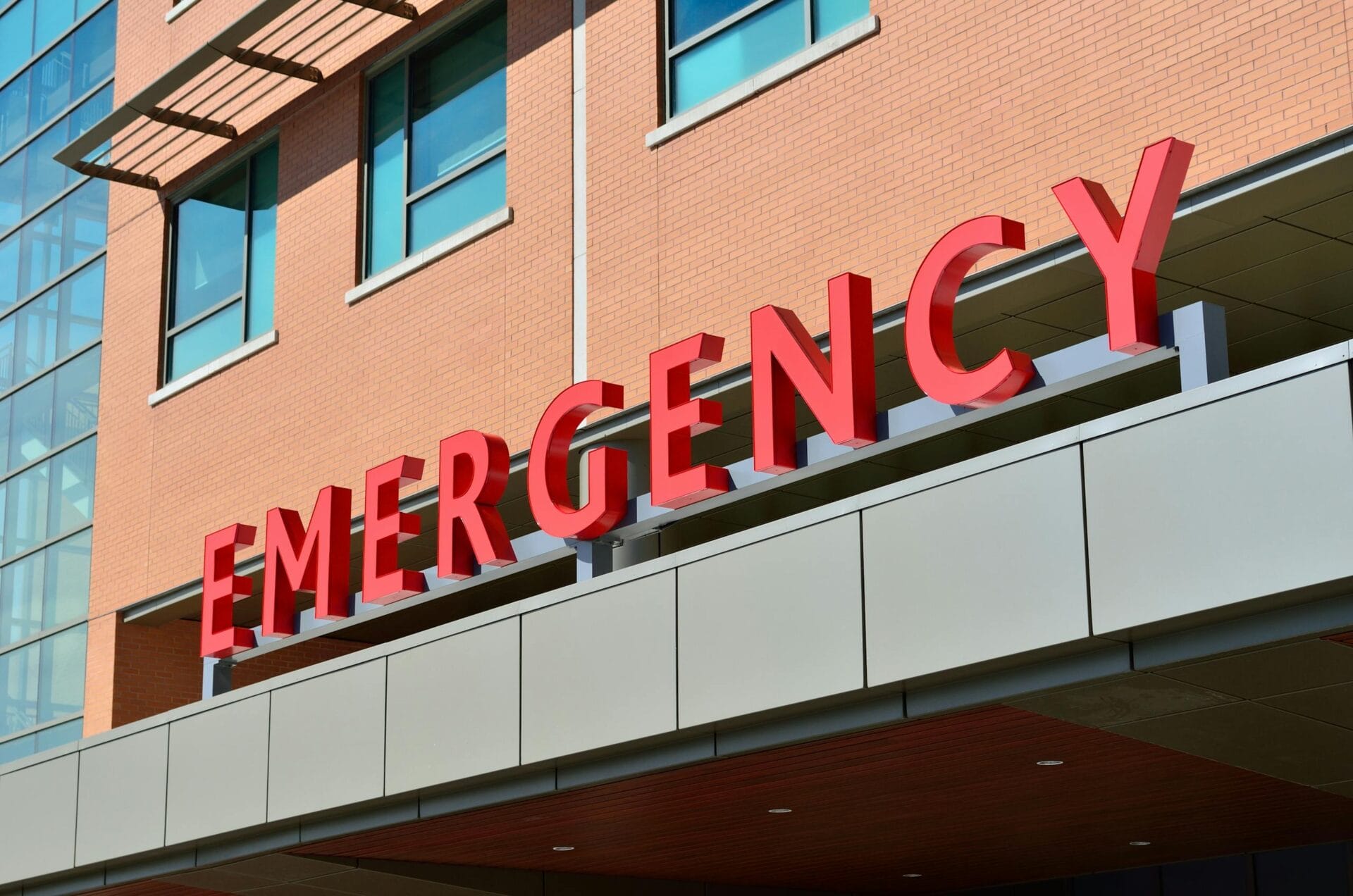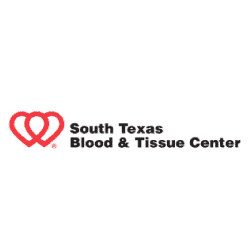Typical Hospital Waste Disposal Pathways
Hospitals can be as small as a few dozen people or huge with hundreds of patients. Each one of these facilities produces its own volume of waste and has its own hospital waste disposal policy. This hazardous waste can’t be discarded in the nearest trash can, however. Explore the different pathways that hospital waste disposal takes so that professionals and patients understand their role in the facility.
Surgical Items
There are dozens of items that result from a given surgery. Most of these items are either sanitized and reused or discarded. Medical waste bins must be nearby so that discarding the items is possible with efficiency in mind. Soaked gauze and other surgical items are saturated with bodily fluids. Blood is a particularly common fluid that’s spilled during surgery. Disposal processes often include the removal of the hazardous item while immediately tossing it into a nearby bin. Soft items might be further removed through waste bags that are stored in a secure area for pickup at a later date.
Laboratory Waste
Laboratories produce a large volume of waste because they require fluids and tissues for evaluations. Biopsies, blood and urine are common items that you’ll see in the labs. Medical waste bins are used throughout these areas so that the items are removed without incident. They might be further secured by being locked into a specific room. These specimens may have contagious diseases that must be contained. Facilities will often have more frequent hospital waste disposal for these areas, which keeps everyone safe from any potential infections.
Pharmaceutical Substances During Hospital Waste Disposal
A type of waste that’s usually overlooked is pharmaceuticals. Pills and liquids are regularly prescribed to patients, but they’re not always finished as directed. Patients and medical professionals alike will bring in these items in for disposal. As a result, it’s critical to have medical waste bins that can hold these items. The boxes might lock as you add items to them. This locking feature keeps curious fingers out of the containers that can be harmful to others. Discarded medicines enter a processing facility where they’re broken down according to local laws.
Everyday Sharps Debris
A common pathway that’s known to most people is the sharps debris generated by every hospital and medical facility. Patients and healthcare workers produce sharps debris from razors and syringes. Sharps disposal containers marked with the sharps logo are the only areas designated for safe discarding of these items. Placing sharps in a bag or lightweight box can result in pricks of anyone accessing the items. Cuts into the skin will only encourage infections and disease spread without the proper sharps boxes in place.
Linen Considerations
Patients may not be aware that linens are another pathway for hazardous waste. Pillows, sheets and gowns can be cleaned to a certain point, but they must be discarded otherwise. Unless they can be certified as clean items, the linens must be placed into a waste container. They’ll be destroyed so that no bacteria or viruses can be spread from the linens and onto other patients. Sterile and sanitized linens are crucial to a safe hospital.
Patients should see medical waste bins in each room within a given facility. They might be hidden behind a table or other obstacle, but these bins must always be available for use. A healthcare worker who must seek out a bin might end up mishandling an item through holding it too long. Hospital waste disposal is a critical need that must be supported by every professional throughout a facility. Pitching in with suggestions and reminders will only help everyone remain compliant today.












